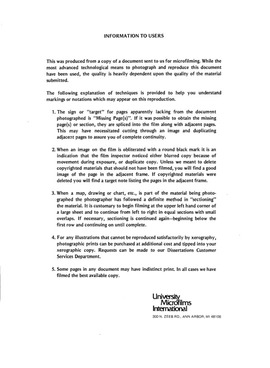| dc.contributor.author | √d̨emiơr̜, Abdullah, | en_US |
| dc.date.accessioned | 2013-08-16T12:28:26Z | |
| dc.date.available | 2013-08-16T12:28:26Z | |
| dc.date.issued | 1981 | en_US |
| dc.identifier.uri | https://hdl.handle.net/11244/4916 | |
| dc.description.abstract | The purpose of this study is to develop an electron transport model which can be used with the standard ANISN computer code. Two major developments in this study may be outlined as: (i) the application of the condensed random walk concept of the ETRAN family of computer codes into the discrete ordinates (ANISN) format; (ii) and the formulation of inelastic cross-sections by the collisional average energy loss model. The inelastic cross-sections are employed in a continuous slowing down mode in the ANISN format, so the general model is referred to as ANISN-CSDM. The characteristics of ANISN-CSDM are: the application of an elastic multiple scattering approximation to replace detailed (single-scatter) small interval calculations. This approximation permits more efficient approximate calculations and makes the deep-penetration radiation transport analysis possible within reasonable computer storage and time limitations. A single-inelastic scatter and an elastic scatter are allowed per energy step by defining a model energy loss and equating this to an energy group width, thereby specifying a mechanism for continuous slowing down of the primary particle. The average energy loss of the primary particle does not include small energy transfer collisions whose magnitude is less than a chosen (eta) value. Their energy deposition is included in the overall inelastic cross-sections. | en_US |
| dc.description.abstract | The types of problems which have been solved are: The scalar flux solutions in thin aluminum slabs, energy/angle transmission through relatively thick aluminum, gold and water slabs; and energy deposition in thick aluminum and in water slabs whose thickness is greater than the range of the incident particle. | en_US |
| dc.format.extent | xv, 219 leaves : | en_US |
| dc.subject | Engineering, Nuclear. | en_US |
| dc.title | Electron transport using the discrete ordinates method. | en_US |
| dc.type | Thesis | en_US |
| dc.thesis.degree | Ph.D. | en_US |
| dc.thesis.degreeDiscipline | School of Aerospace and Mechanical Engineering | en_US |
| dc.note | Source: Dissertation Abstracts International, Volume: 42-07, Section: B, page: 2962. | en_US |
| ou.identifier | (UMI)AAI8129432 | en_US |
| ou.group | College of Engineering::School of Aerospace and Mechanical Engineering | |
